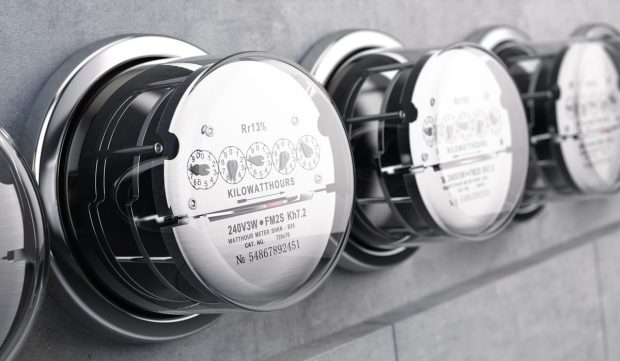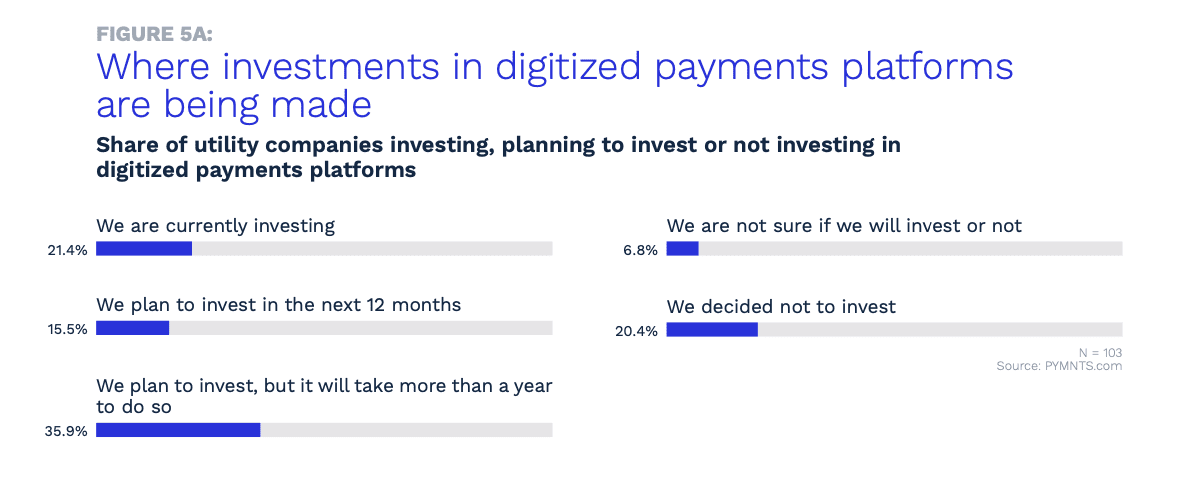Three-Quarters of Utilities Plan Further Investment to Boost Digital Payments

Nearly 3 out of 4 utility companies are investing or plan to invest in payments digitization.
Twenty-one percent are currently investing in digitized payments platforms, 16% plan to invest in the next 12 months and 36% plan to invest, but it will take more than a year to do so, according to “The Digital Payments Edge,” a PYMNTS and ACI Worldwide collaboration based on a survey of 103 utility billing and payments executives that send more than 30,000 customer bills each month.
Get the report: The Digital Payments Edge
A sizeable share of utility companies has not committed financial resources to digitization, however. Seven percent of them are not sure if they will invest or not, while 20% have decided not to invest.

Utility companies committed to digitized billing and payments processing have a long list of investment priorities that they believe will best position them for growth.
The most common areas of their payments operations in which they plan to invest in digitization involve a wider range of payment options, protection of consumer data and faster billing processes.
A wider range of payment options is at the top of the agenda, with 18% of utility companies currently investing in this, and another 26% planning to do so.
Protection of customer data is the second most cited area, with 11% currently investing in this, and another 30% planning to do so.
Faster billing processes is the third item on the calendar, with 13% of utility companies currently investing in this area, and another 20% planning to do so.

Utility companies that successfully leverage their digitized platforms to continue improving billing processes will better position themselves to meet customer expectations, boost loyalty and enhance their competitive positions.
These outcomes will also be increasingly important as the energy and utility sectors will inevitably undergo a more rapid evolution in the coming decades.
